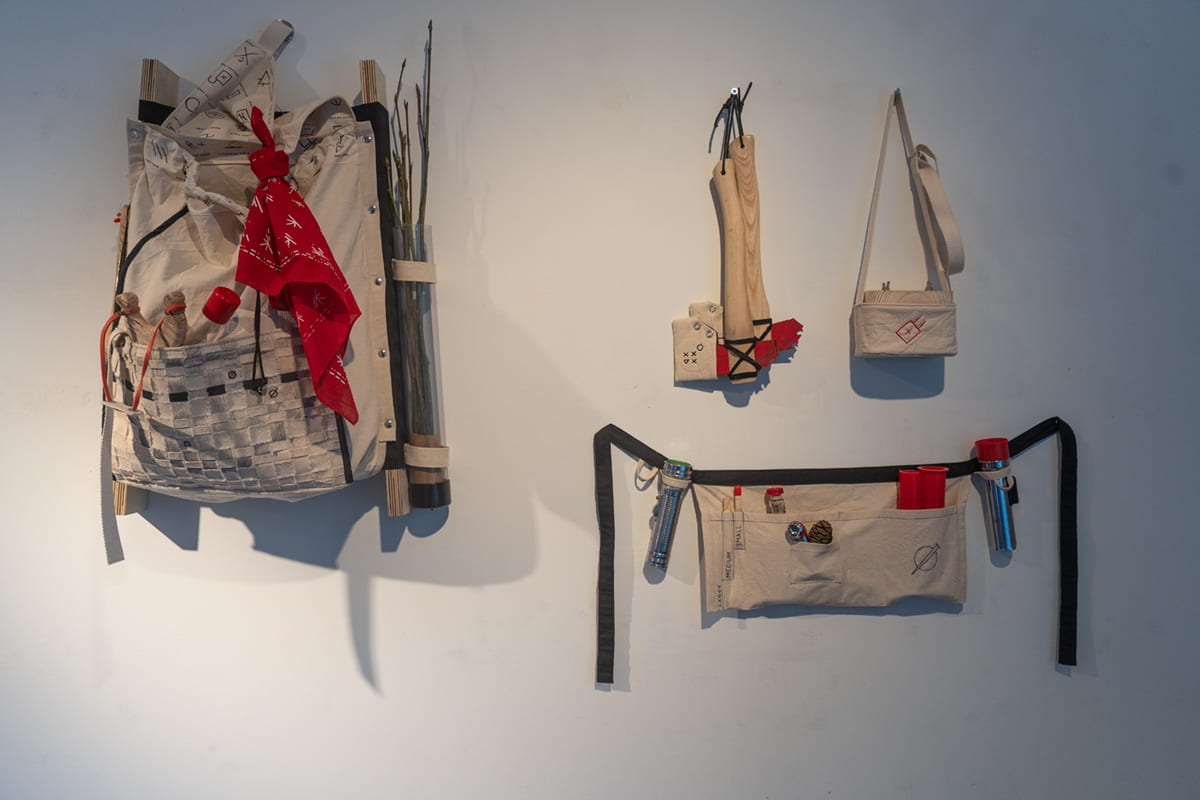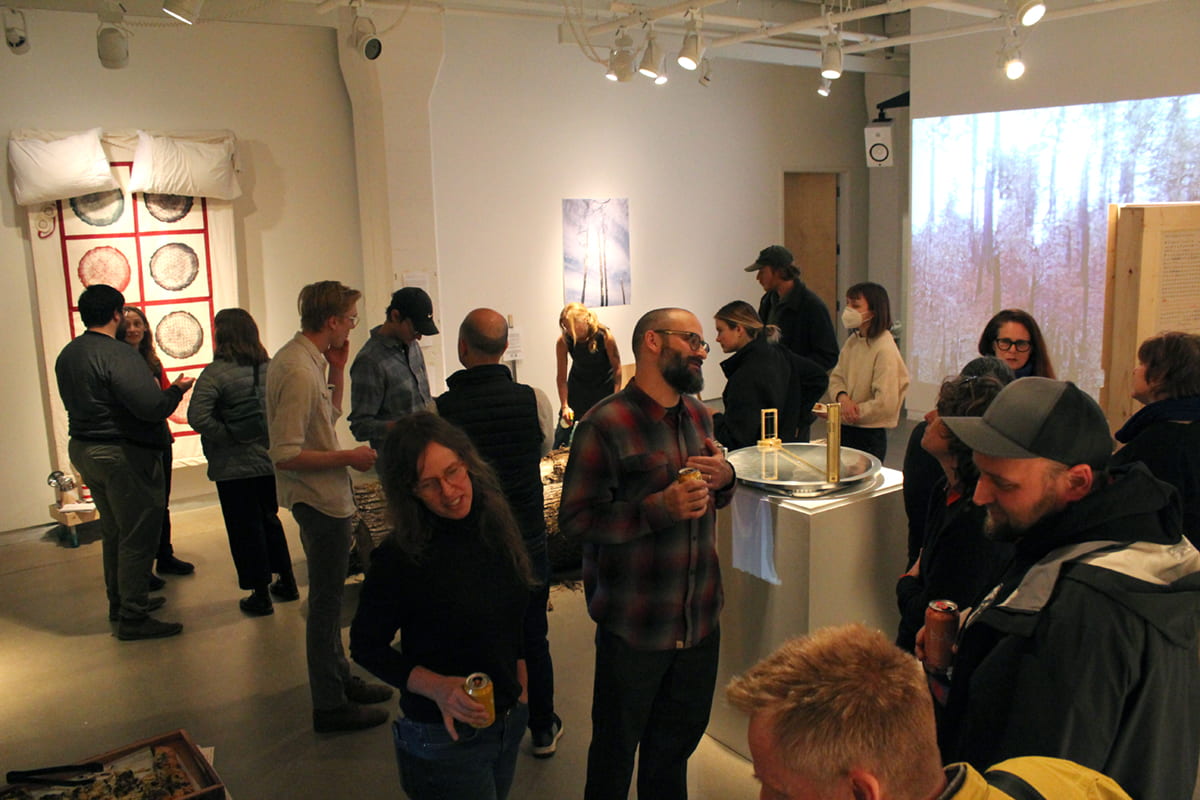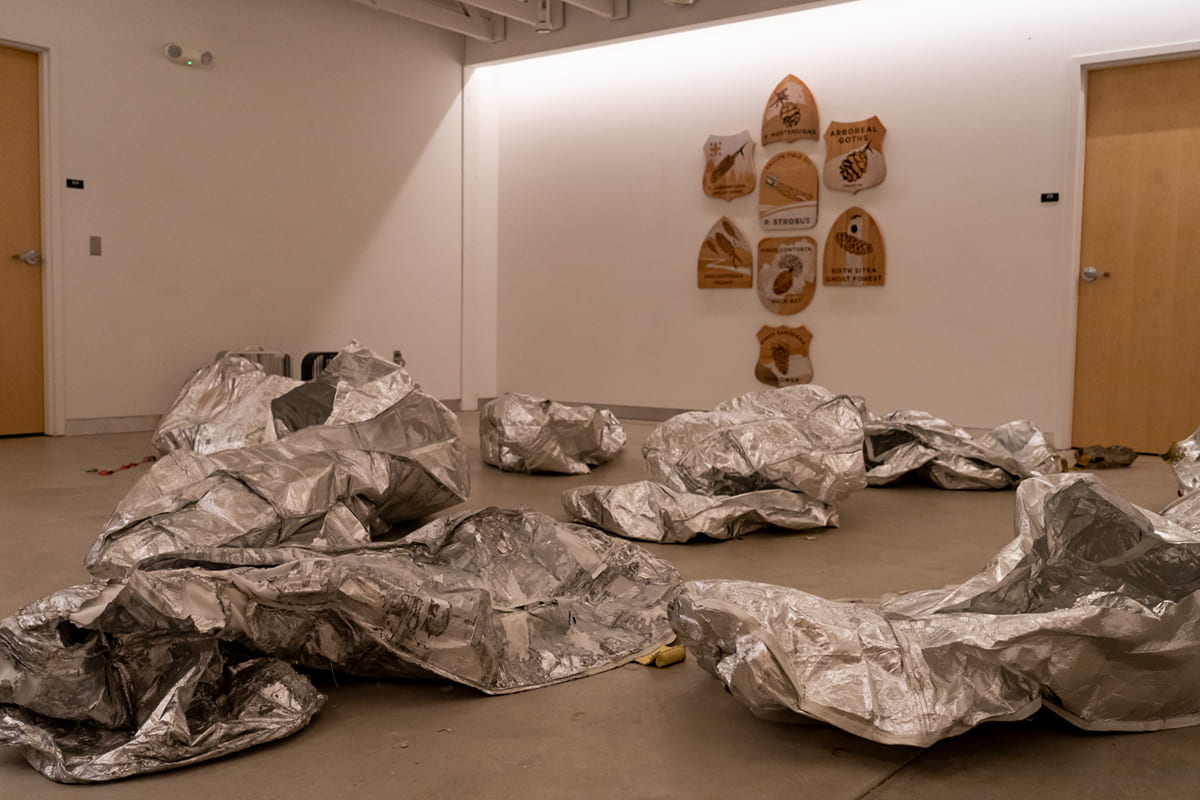Fuel Ladder
“Fuel Ladder” is a speculative research group composed of Oregon artists and a curator/scholar who will engage practice-based research engaging the climate crisis through the metaphor of wildfire. The hope is to provide a means of thinking through the complexity of the cycles of destruction and renewal that wildfire exemplifies as well as addressing the wider realities of our warming planet.
“Fuel Ladder” includes individuals with varied practices related to the climate crisis that manifest in a range of ways including gallery-located contemporary art, social practice, and field-based art interventions. “Fuel Ladder” will engage in a series of think tanks, site visits, and collaborative making and writing to process the climate crisis and reconsider the traditional exhibition format. More information about the curator/scholar and artists below.
Fuel Ladder presents: Ignition
Friday, November 18, 2022 6:00-8:00 p.m.
510 Oak Street, Main Space Gallery
Eugene, OR 97403
“Ignition” is the inaugural public event of “Fuel Ladder”, a recently established, interdisciplinary collective of artists, designers, and thinkers in Eugene, Oregon, who are exploring the climate crisis through the lens of wildfire. The evening will be less an exhibition than a participatory, conversation-sparking gathering around a set of objects-in-the-making. Please join us in lively exchange! We are curious about the ways that collaboratively-rooted creative works, dialogues, and actions might lead to new understandings of and relationships with wildfire—something increasingly part of everyday life in the Pacific Northwest. We are interested in moving beyond gut reactions and apocalyptic imagery to engage with wildfire in its troubling complexity, open-endedness, visceral and uneven impacts, sensorial dimensions, and (often-heated) political weight.
“Fuel Ladder” is supported by the Ford Family Foundation and the University of Oregon’s Center for Art Research.
Participants:
Emily Eliza Scott, Curator
Karin Bolender, Artist
William Bonner, Artist
Nancy Silvers, Artist
Sasha Michelle White, Artist
Brian Gillis, Artist
David Buckley Borden, Artist
Colin Ives, Artist, Center for Art Research Director
Emily Eliza Scott
Curator
Emily Eliza Scott is an interdisciplinary scholar, educator, artist, and former park ranger focused on contemporary art and design practices that engage pressing (political) ecological issues, often with the intent to actively transform real-world conditions. Currently a joint professor in the History of Art and Architecture & Environmental Studies at the University of Oregon, she was formerly a visiting professor at the Vrije Universiteit Amsterdam and postdoc at the Institute for the History and Theory of Architecture at ETH Zurich; she holds a PhD in contemporary (post-1945) art history from UCLA. Her essays have appeared in Art Journal, Art Journal Open, American Art, Third Text, The Avery Review, Field, and Cultural Geographies as well as multiple edited volumes and online journals, and she is the coeditor of The Routledge Companion to Contemporary Art, Visual Culture and Climate Change (Routledge, 2021); Viscosity: Mobilizing Materialities (UMN Architecture, 2019); and Critical Landscapes: Art, Space, Politics (UC Press, 2015).
At present, Scott is developing a monograph on art that tracks environmental violence as well as teaching courses on subjects ranging from “unnatural disasters” to land and environmental art, Anthropocene debates, and architecture in the expanded field. She is also a core participant in two long-term, collaborative art projects: the Los Angeles Urban Rangers (2004-) and World of Matter (2011-). Her work has been supported by major grants/awards from Creative Capital, the College Art Association, Graham Foundation, American Council of Learned Societies, Luce Foundation, Smithsonian American Art Museum, Nevada Museum of Art, Mellon Foundation, Oregon Humanities Center, Annenberg Foundation, and Switzer Foundation.

Image Caption: Scott (far right) and students of her “Unnatural Disasters” course at the University of Oregon on a toxic tour of West Eugene, led by the nonprofit organization, Beyond Toxics. March 2020.
Karin Bolender
Artist
Karin Bolender (aka K-Haw Hart) is an artist-researcher and founder of an experimental ecological art platform called the Rural Alchemy Workshop (R.A.W.). R.A.W. projects seek to co-compose “untold” stories with/in shadowy meshes of mammals, plants, microbes, insects, and many others, mainly through time-based performance, writing, video/sound, and experimental anarchiving. In 2020 3Ecologies/punctum books published The Unnaming of Aliass, which explores two decades of roadside and barnyard living-art practice. K-Haw carries on creative collaborative research methods and practices at the rural/urban seams of contemporary ecological art and environmental humanities. She is presently an Mellon Foundation Postdoctoral Fellow with the Center for Environmental Futures at the University of Oregon.
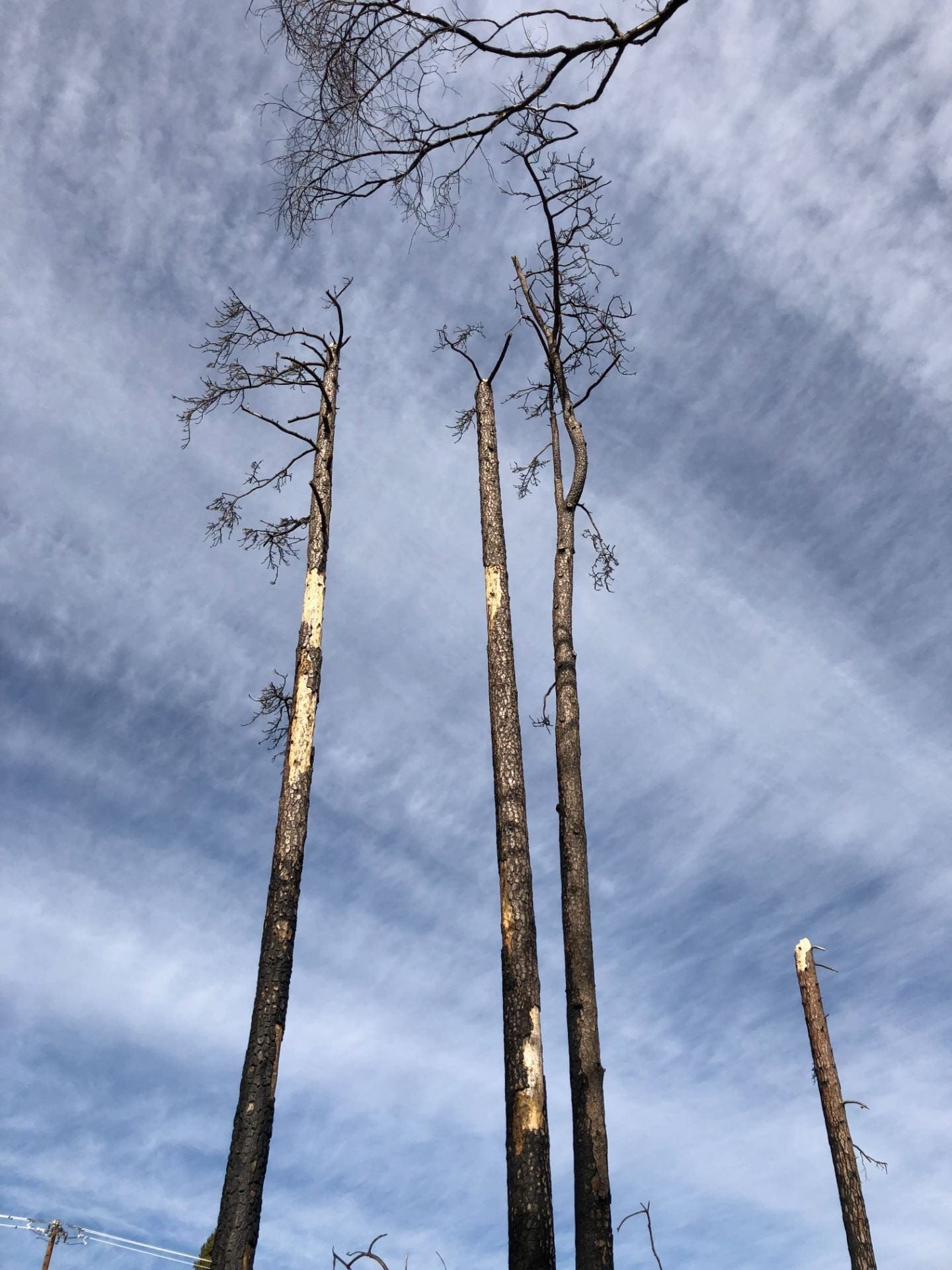
Image Caption: Anti-Future Homesite of a Paradise PostLibrary (photo by Karin Bolender)
William Bonner
Artist
William Bonner is an Oregon-based multi-disciplinary artist focusing on the intersection of design, ecology, and technology. His hybrid practice investigates natural systems and utilizes high and low-tech built installation pieces to highlight and communicate the importance and beauty of these living processes. William has a background in natural resource management and experience working as a “wilderness” guide and ranger. These educational and professional experiences often inspire the narratives of his work. He is interested in large-scale land management practices and ecological systems and creating immersive experiences to communicate those complex processes. William is currently working on a collaborative project that highlights the ecology, research, and culture of air and atmosphere at the HJ Andrews Experimental Forest in Blue River, Oregon.
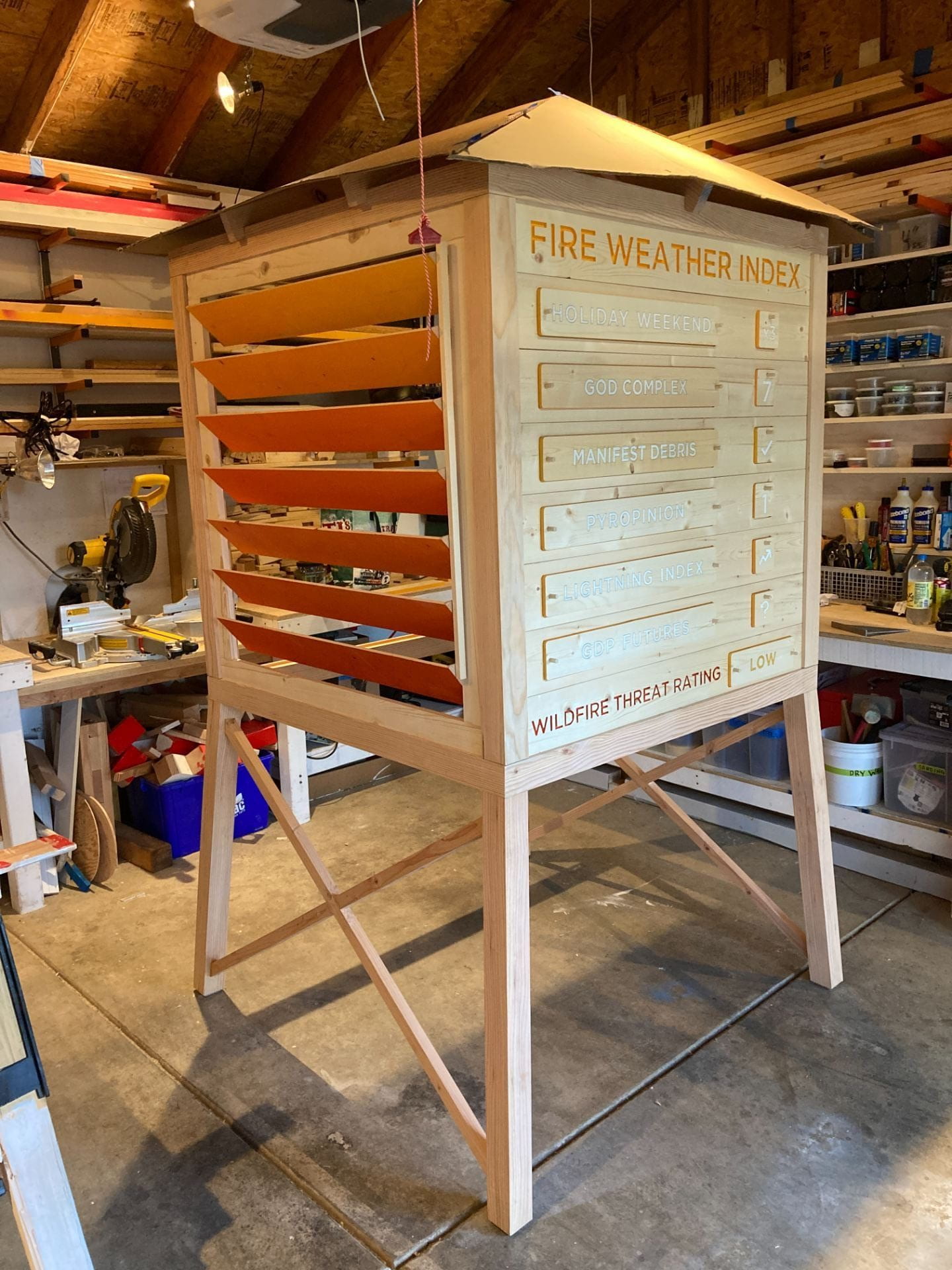
Image Caption: The weather station is a space for reflection and meditation on the rhythms and cycles of weather, climate, data, and fire.
Nancy Silvers
Artist
Nancy Silvers is an interdisciplinary artist residing in Oregon. She works primarily with textiles through sewing and embroidery; wood through structure and sculpture; paint through oil and plant/mineral pigment based 2D images; and plants through cultivation and design work. Working with materials that range in scale from a single thread to acres of landscape, Nancy seeks opportunities to explore and convey ideas surrounding identity and ecology.
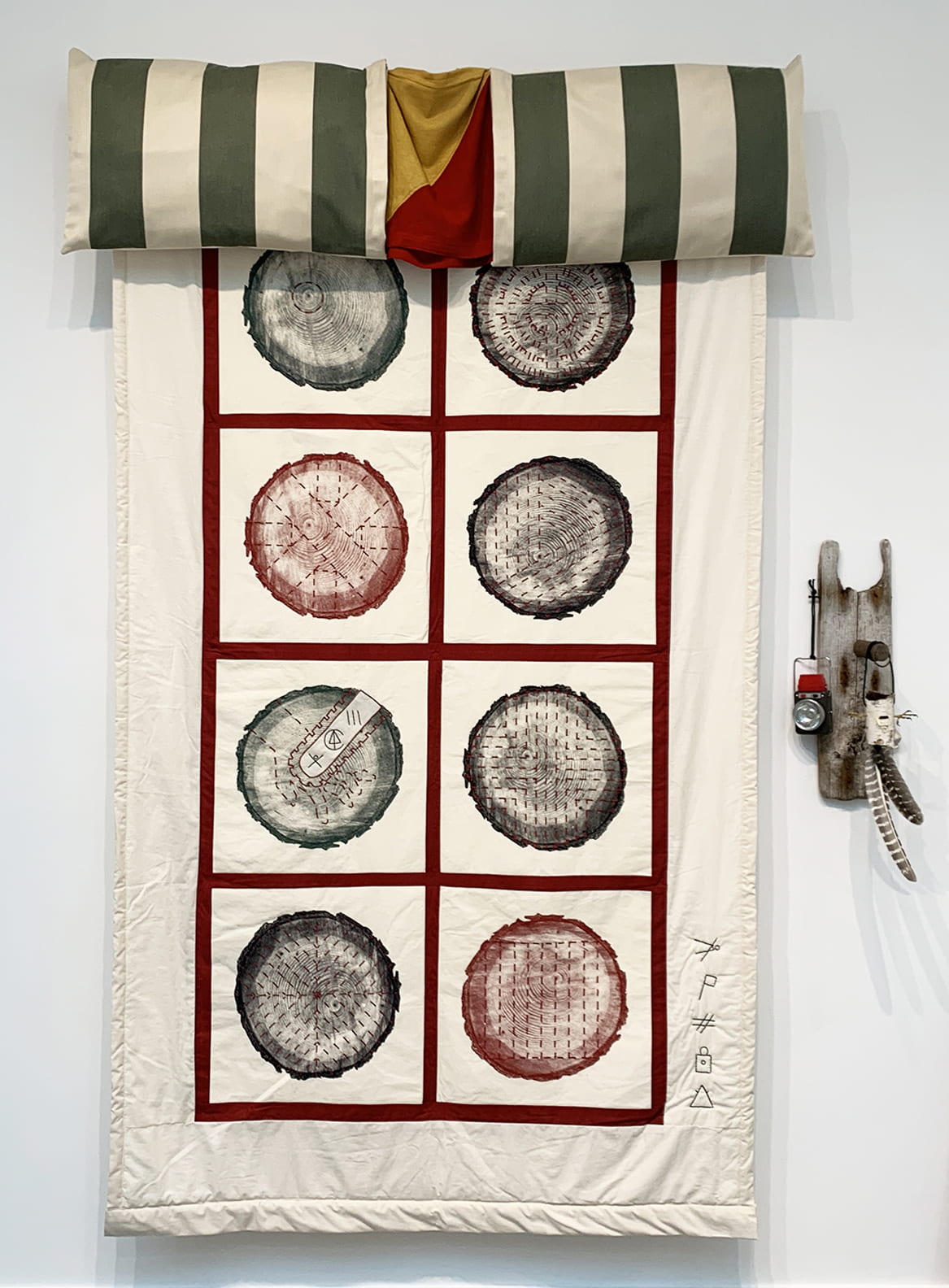
Image Caption: “Salvage Cut Cookie Quilt” Collaborators: Nancy Silvers, Madison Sanders, Helen Popinchalk, David Buckley Borden
Sasha Michelle White
Artist
As a child growing up in rural Michigan, Sasha wandered through fields and forests, cataloguing weeds and wildflowers onto a battered set of index cards. This early interest in ecological literacy resurfaced in her artistic work during a 2004 residency on Monhegan Island, ten miles off the coast of Maine. Already concerned with issues of reading, book-ness and bodily presence, an emergency surgery and subsequent convalescence shifted her attention to how the elemental presences of wind and water, salt and sulphur, bird, plant and whale life inscribe the landscape. Sasha studied printmaking and book arts at Bowdoin College, Maine College of Art and Cranbrook Academy of Art, and although her works take various forms, she might consider them all artist’s books.
Now living in western Oregon, Sasha’s art is informed by her experiences as an herbalist, field ecologist and prescribed fire practitioner. Her most recent explorations center the coloristic and medicinal properties of fireadapted plants as a way to read the histories of her chosen home’s landscapes. Sasha’s work has been exhibited at venues large and small, including the Portland Museum of Art, the Center For Book Arts in New York, and numerous public and private libraries and art galleries. She has held fellowships at the Scuola Internazionale di Grafica in Venice, Italy and the Lloyd Library and Museum in Cincinnati, Ohio, earned a master’s degree in Environmental Studies at the University of Oregon, and is currently an interdisciplinary research fellow with the University of Idaho’s Confluence Lab.

Image Caption: Sasha Michelle White. No Man’s Yellow, 2020. Installation view. Women’s-style firefighter’s shirt made of raw silk and dyed with the inner stem bark of Tall Oregon Grape. Photo credit: Greg Ronlov
Brian Gillis
Artist
Brian Gillis’s work is rooted in service related to social equity and access. By using platforms, approaches, and points of exchange in art, he creates opportunities for access to socially valuable information and support. Much of this work involves institutional partnerships that connect individuals and communities to resources associated with food insecurity, housing, mental health, substance abuse, criminal justice, and violence. All ongoing, multigenerational issues in his family and community. Gillis uses a variety of production strategies and conceptual approaches, often drawing from specific sites, histories, and related partnerships. Outcomes range from functional and sculptural objects and installations to edited publications, educational initiatives, and public actions. In this way his role is often fluid and responsive, and lines between artist, designer, educator, community organizer, and anonymous steward are frequently blurred.
Gillis’s distinctions include fellowships from the Illinois Arts Council, the Oregon Arts Commission, and MacDowell; grants from the Ford Family Foundation, the Korea Foundation, and the Walton Family Foundation; and residencies at MASS MoCA, the International Ceramic Research Center (Denmark), and Arizona State University’s School of Arts, Media, and Engineering. He has conducted workshops and lectured at institutions including the School of the Art Institute of Chicago, Emily Carr University of Art + Design (Canada), the Henry Art Gallery, and the Drawing Center. Gillis has completed projects with a range of partners and institutions, including the Abraham Lincoln Presidential Museum, the Urban Institute for Contemporary Art, CUE Art Foundation, the Mint Museum, the Milwaukee Art Museum, Mildred’s Lane, the Fine Arts Work Center in Provincetown, Heilongjiang University (China), the University of Applied Sciences in Koblenz (Germany), the Moth Radio Hour, the American Red Cross, Feeding America, the City of Roja (Latvia), and Seattle Public Schools.
Gillis is currently a Professor of Art at the University of Oregon where he was the founding Director of the Center for Art Research (CFAR).
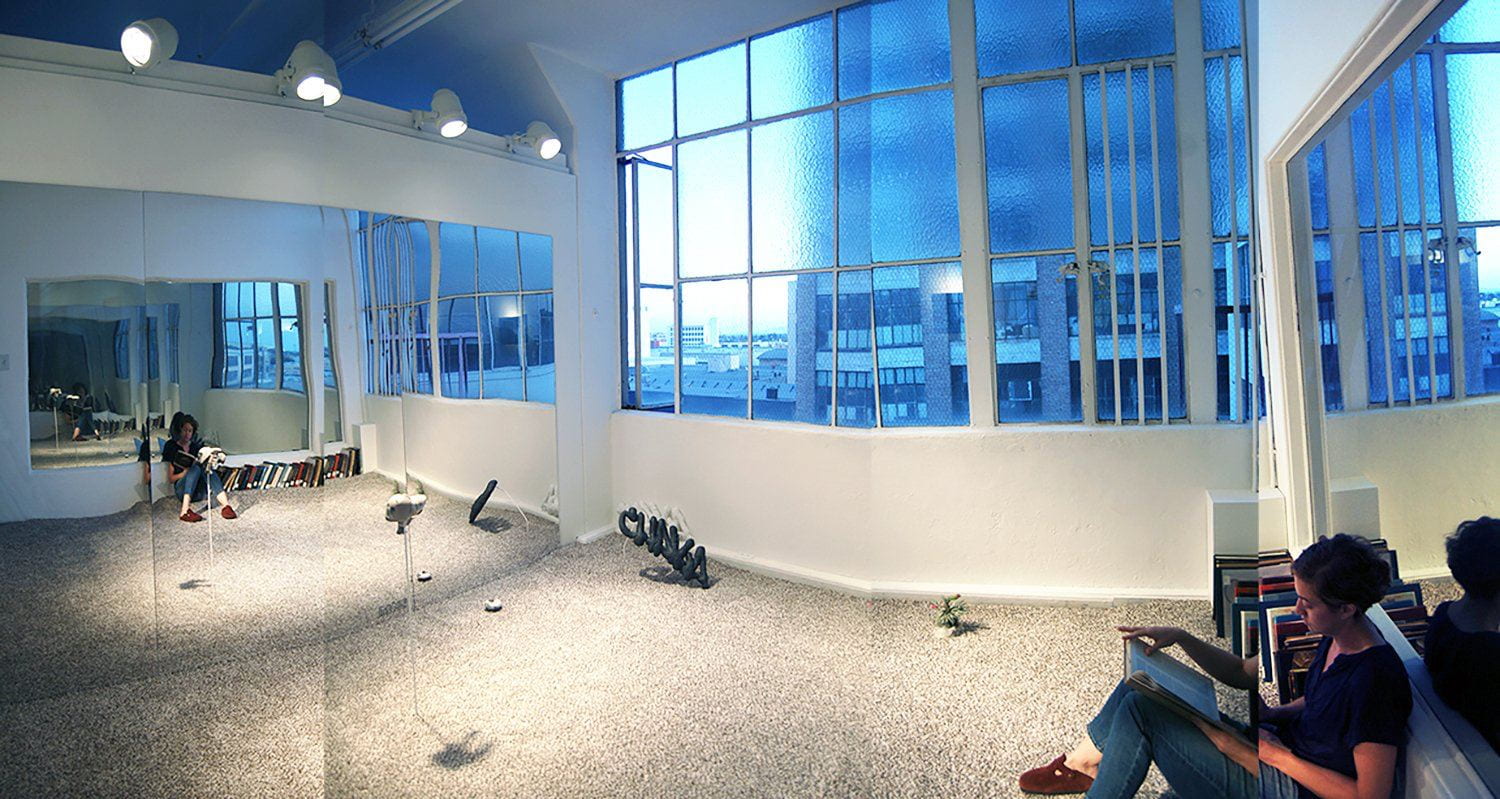
Image Caption: Further, 2019, Polychrome Porcelain, Carpet, Steel, Chrome Steel, Wood, Mirror, Tillandsia, Coprolite, Bound Academic Papers, and Books 13’ x 11’ x 12’
David Buckley Borden
Artist
David Buckley Borden is an interdisciplinary designer and artist working at the intersection art, design, and ecology. Informed by research and community engagement, David promotes a shared environmental awareness and heightened cultural value of ecology. David’s place-based projects highlight both pressing environmental issues and everyday phenomena. Using an accessible, often humorous, combination of visual art and landscape design, David’s work manifests in a variety of forms, ranging from site-specific public art installations in the woods to data-driven cartography in the gallery.
David is currently a Design Fellow at the Fuller Initiative for Productive Landscapes and Visiting Professor within the Landscape Architecture Department at the School of Architecture and Environment at the University of Oregon. In addition to teaching design-research studios and environmental-communication coursework through the lens of his practice, David is spearheading a new design-ecology initiative between the Department, Fuller Initiative for Productive Landscapes, and the HJ Andrews Experimental Forest, a 16,000-acre Long-Term Ecological Research (LTER) site in Oregon’s Western Cascades Mountains. David is honored to be the first Designer-in-Residence in the history of the HJ Andrews.
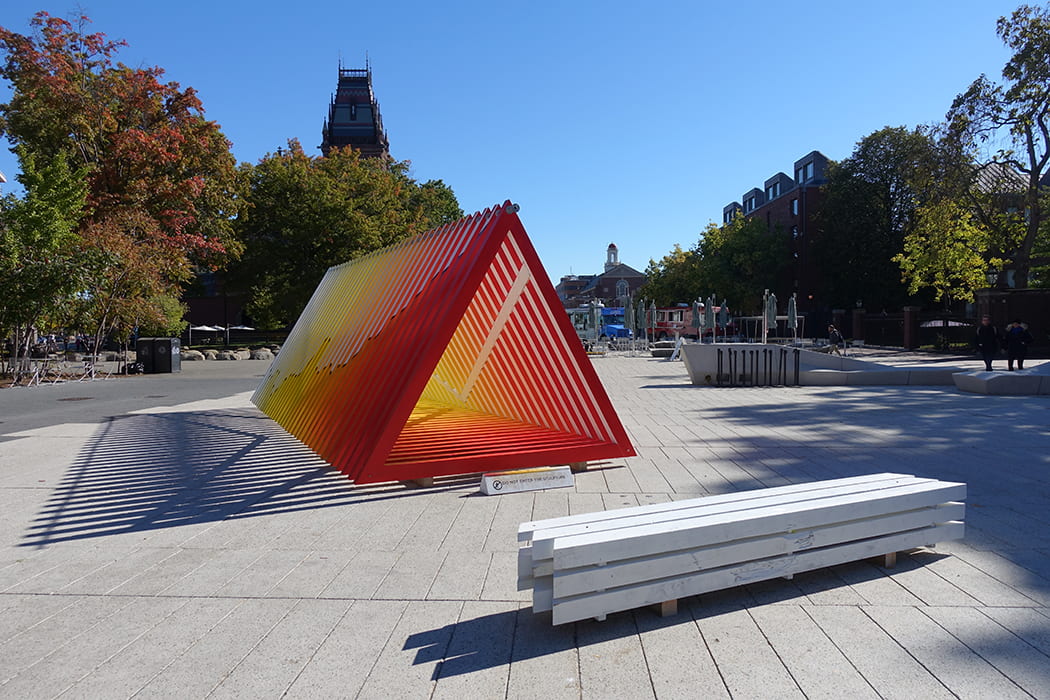
Image Caption: “Warming Warning,” public art installation, 9 x 11 x 28 feet, wood, acrylic paint, and assorted hardware, Harvard University, 2018.
Colin Ives
Artist and Center for Art Research Director
Colin Ives positions his practice as a speculative research-based endeavor—engaging the entanglement of ecology, culture and technology. Across a diverse range of work, including media installation, kinetic video sculpture, sculptural objects, and interactive work, he explores how our digital tools are not only changing our capabilities, but also our worldview. His AI Creative Practice Research Group (AICP) created a project with the Grammy nominated vocal quartet New York Polyphony. It premiered at New Currents Media festival in 2020 and his current project Garden in the Machine was showcased at this years New Currents festival and an AI based project Vibrant Landscapes is being exhibited in The Irruption: 32 artistic proposals in times of collapses and pandemics at Santa Monica in Barcelona.

Image Caption: Still image from Ai video generated from the forest where the Holiday Farm fire started



